Journal list menu
Export Citations
Download PDFs
Issue Information
Editorial
Supporting paediatric patients to receive radiation therapy without sedation or general anaesthetic
- Pages: 357-359
- First Published: 25 October 2023
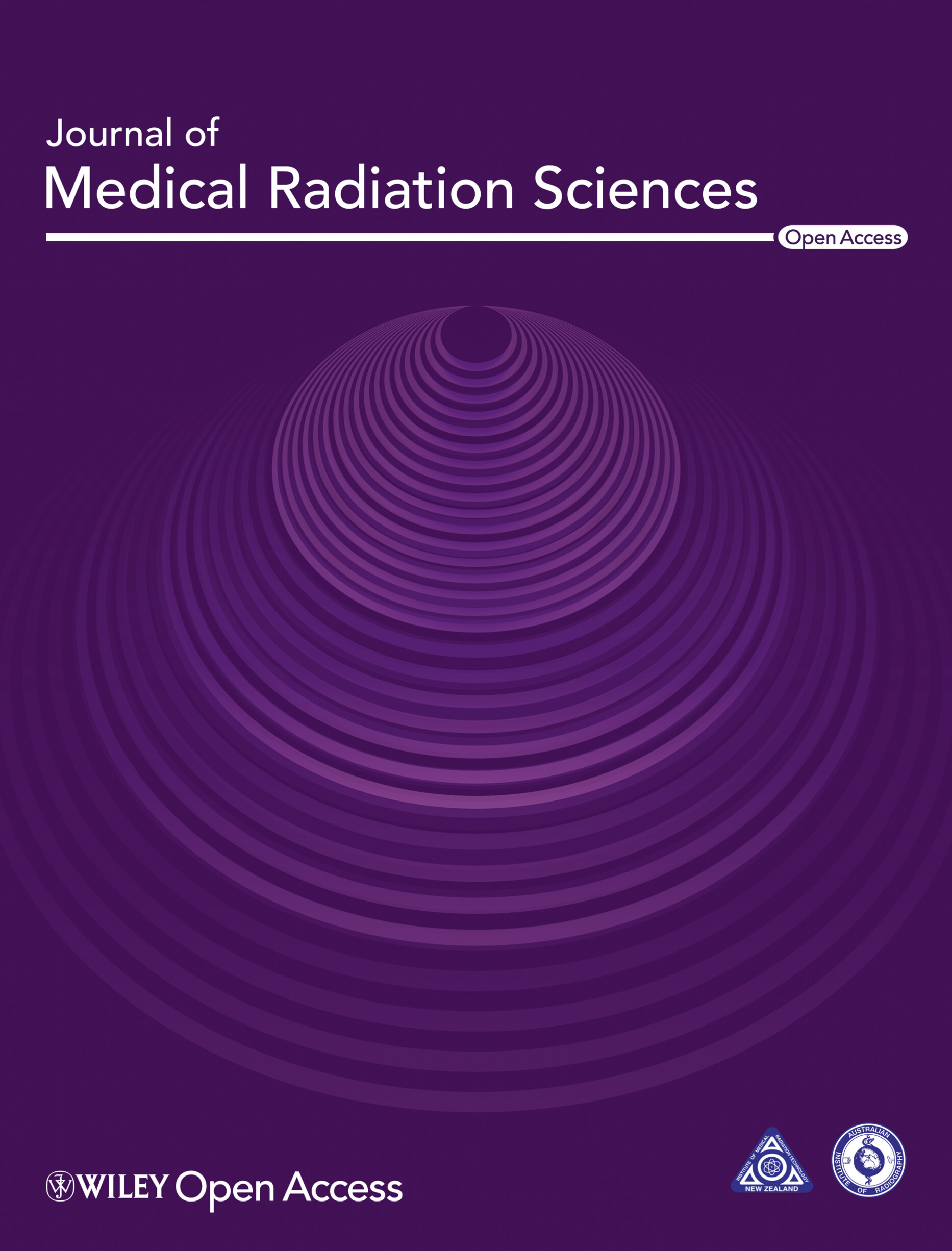
Many paediatric patients experience anxiety and distress when undergoing radiation therapy and, as a result, are often anaesthetised or sedated (A/S) so that they remain still. The practice of using A/S has implications for the child, the family and the health system. Building on the article by McCoola et al. (DOI 10.1002/jmrs.705), this editorial discusses approaches to improving paediatric patients' and their families' experiences of radiation therapy by reducing the need for A/S. Interventions need to be underpinned by theory and adopt robust research methods.
Original Articles
Additional occult cancers identified on staging breast MRI: imaging appearances and pathologic characteristics
- Pages: 360-368
- First Published: 20 June 2023
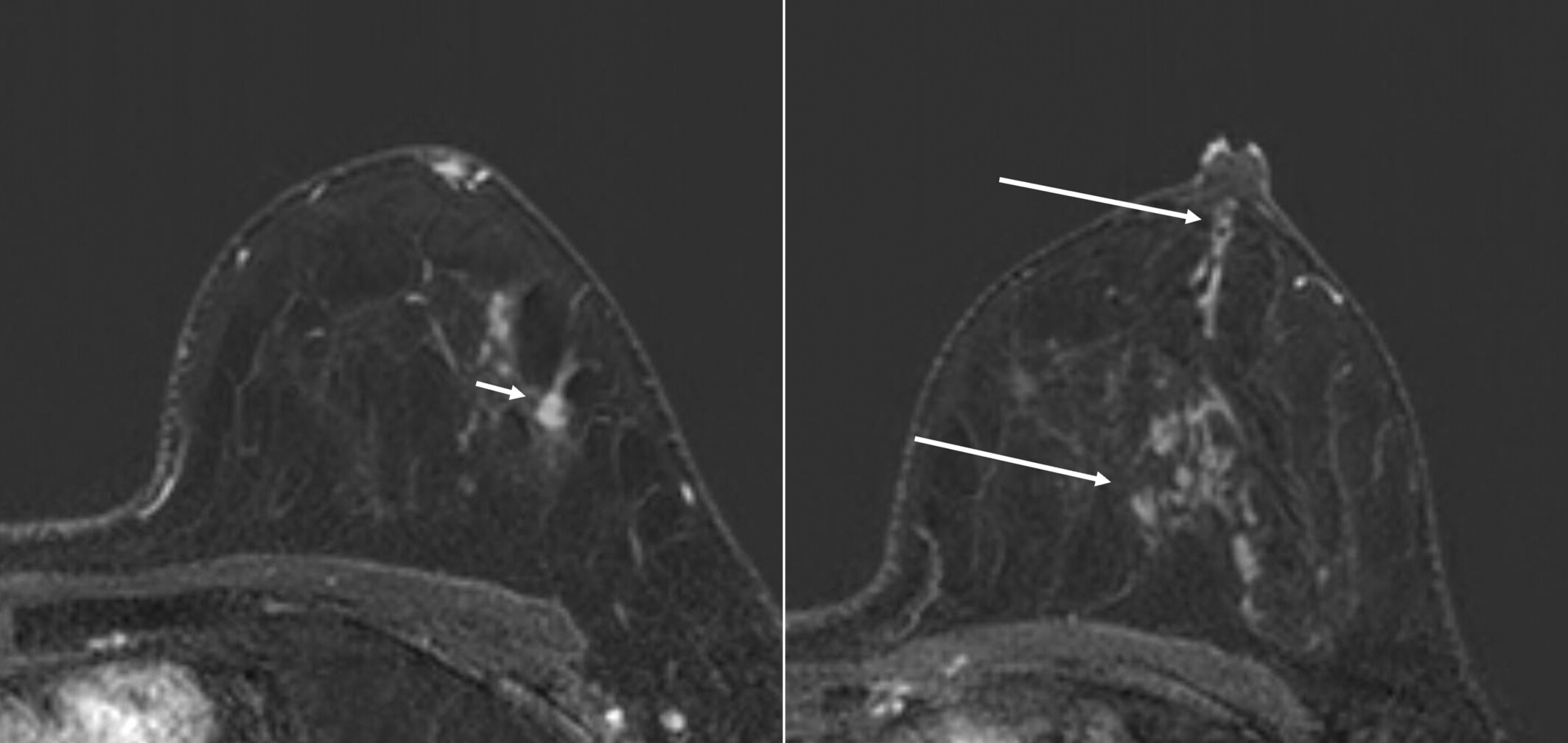
In biopsy proven breast cancer patients, MRI can detect additional cancers that are occult by conventional imaging. In our retrospective study, these lesions were most frequently ductal carcinoma in situ and of nuclear grade 2. However, some additional cancers were larger and/more biologically aggressive than the index cancer.
A model to facilitate critical thinking of radiography students
- Pages: 369-379
- First Published: 22 June 2023
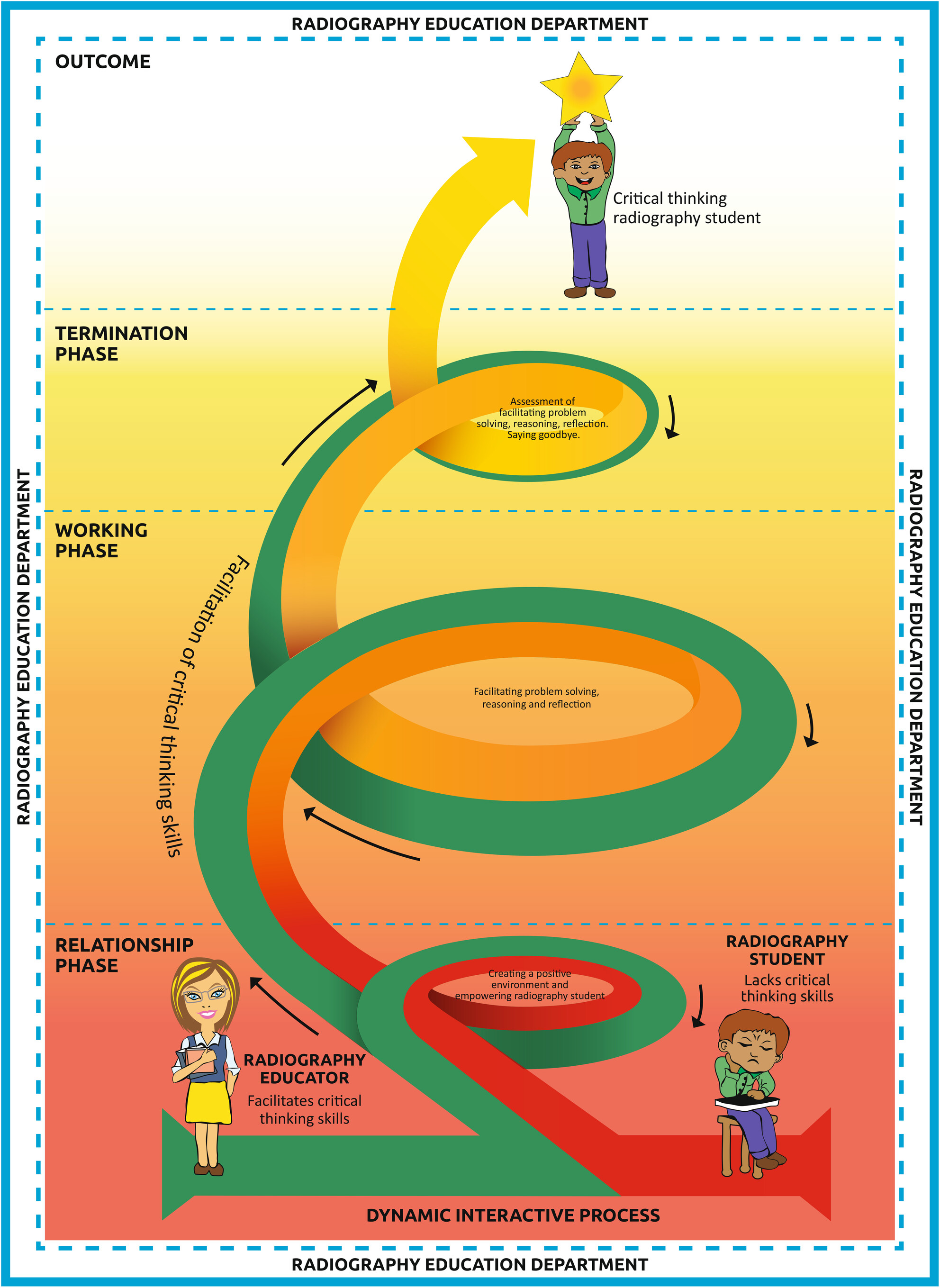
Critical thinking is a much-needed skill required by radiography students when they graduate. A theory-generating qualitative, exploratory, descriptive and contextual research design was used for the development, implementation and evaluation of a model to facilitate critical thinking skills of diagnostic radiography students.
The cost of perfection: An investigation into the unnecessary rejection of clinically acceptable lateral wrist imaging
- Pages: 380-387
- First Published: 12 July 2023
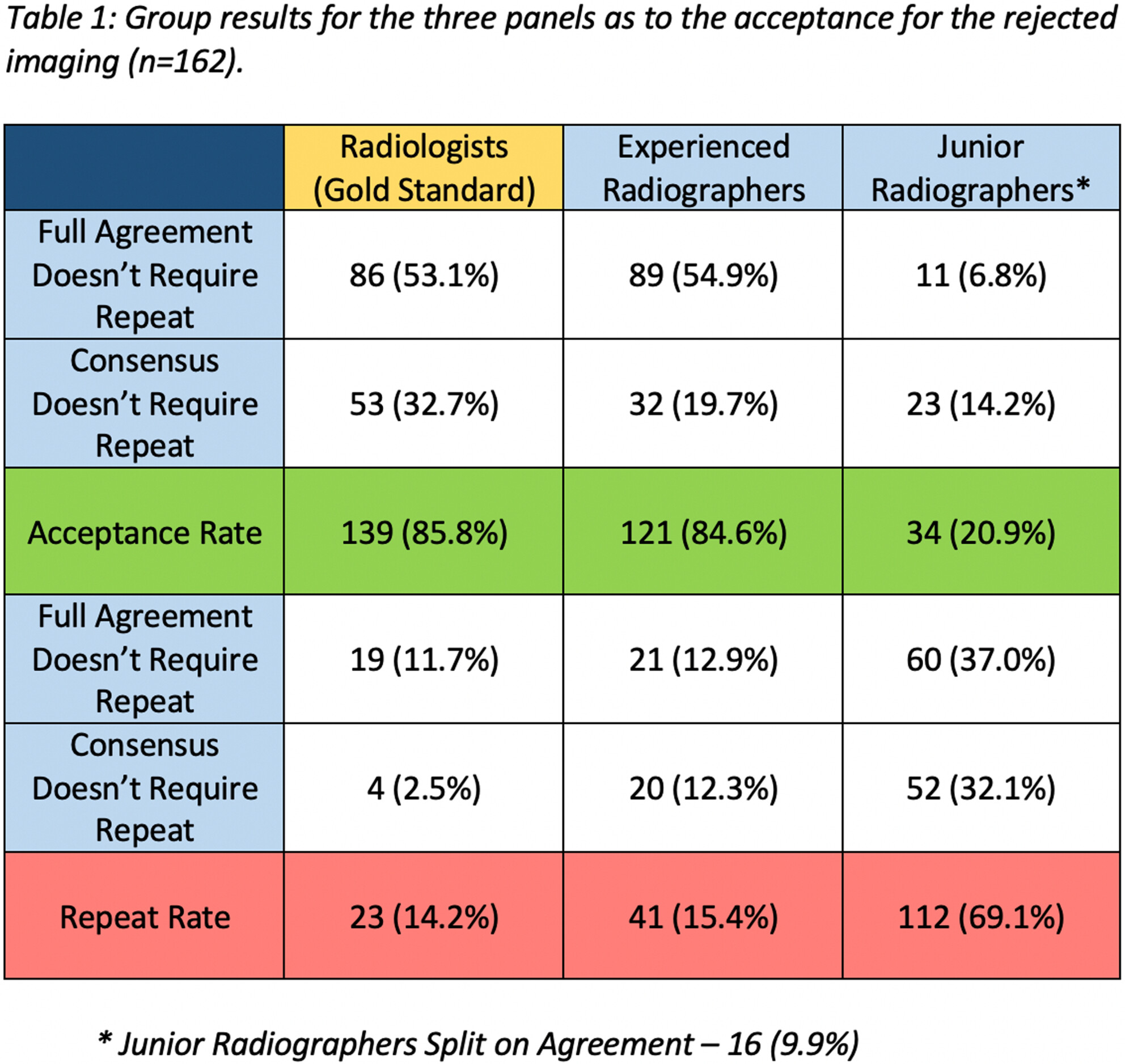
Following reject analysis of lateral wrist imaging, all rejected images were reviewed by a panel of three radiologists, three experienced radiographers and six junior radiographers. The review demonstrated a reject rate of 38.7% for lateral wrist imaging and the majority of radiologists indicated 85.8% of these did not require repeat. Review by the experienced radiographers was comparable to the radiologists; however, junior radiographers were more than three times more likely to repeat imaging than radiologists or experienced radiographers.
The use of weather nowcasting convolutional neural network extrapolators in cardiac PET imaging
- Pages: 388-397
- First Published: 28 June 2023
‘Growing your own’ a case study of a collaborative training program in medical radiation science
- Pages: 398-405
- First Published: 11 July 2023
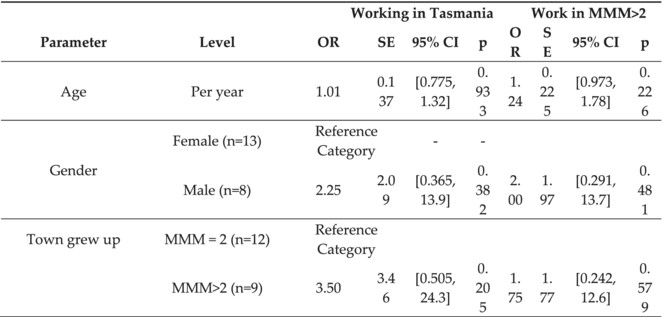
There is a shortage of radiographers, radiation therapists, and nuclear medicine technologists (all classified as medical radiation practitioners) in many jurisdictions of Australia, including Tasmania. In this study, we report on an interuniversity collaboration between two universities to produce registered medical radiation practitioners to service areas of need where one of the universities was unable to develop a stand-alone medical radiation course due to the projected student enrolments, which would not be able to support the costs of running the course. Our study found that collaboration is beneficial in producing professionals in regions with smaller enrolments limiting the ability to grow their own graduates independently.
Overcoming uncertainty: A framework to guide the implementation of Australian radiation therapy advanced practitioners
- Pages: 406-416
- First Published: 01 August 2023
Impact of bowel space contouring variability on radiation dose and volume assessments in treatment planning for gynaecologic cancers
- Pages: 417-423
- First Published: 02 July 2023
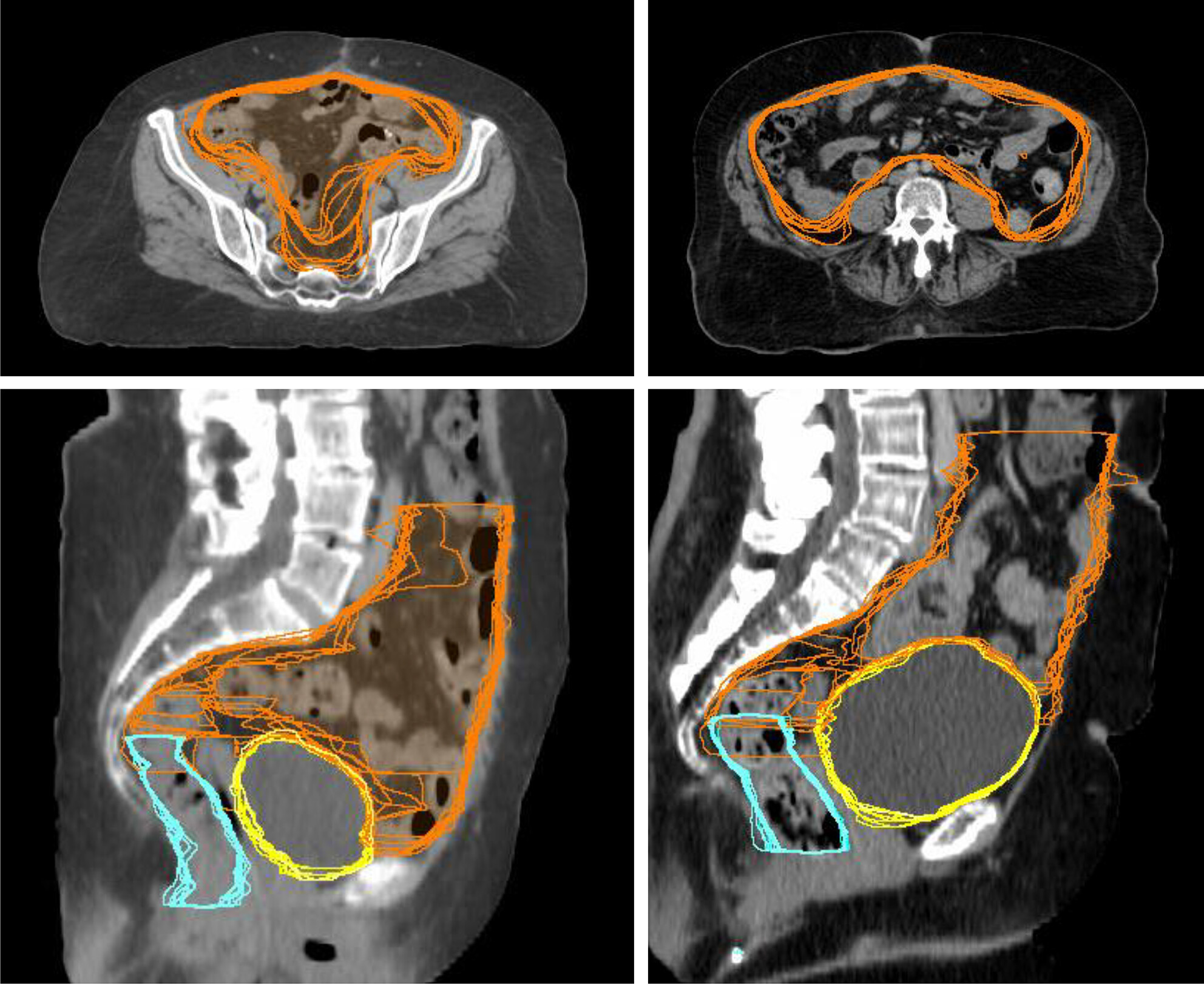
We assessed the impact of inter-provider variation in bowel bag contouring technique on estimates of radiation dose received by the small bowel during pelvic radiotherapy. Ten radiation oncologists contoured rectum, bladder and bowel bags on treatment planning CT scans of two patients receiving adjuvant radiation for endometrial cancer; radiation plans were generated for each patient and used to determine radiation dose/volume for each organ. Among assessed organs at risk, the bowel bag showed the greatest inter-provider contouring variability and associated variation in estimated radiation dose.
Patients' experiences of engaging with electronic Patient Reported Outcome Measures (PROMs) after the completion of radiation therapy for breast cancer: a pilot service evaluation
- Pages: 424-435
- First Published: 07 August 2023
An evaluation of the use and efficacy of behavioural therapy when treating paediatric patients with radiation therapy
- Pages: 436-443
- First Published: 13 July 2023
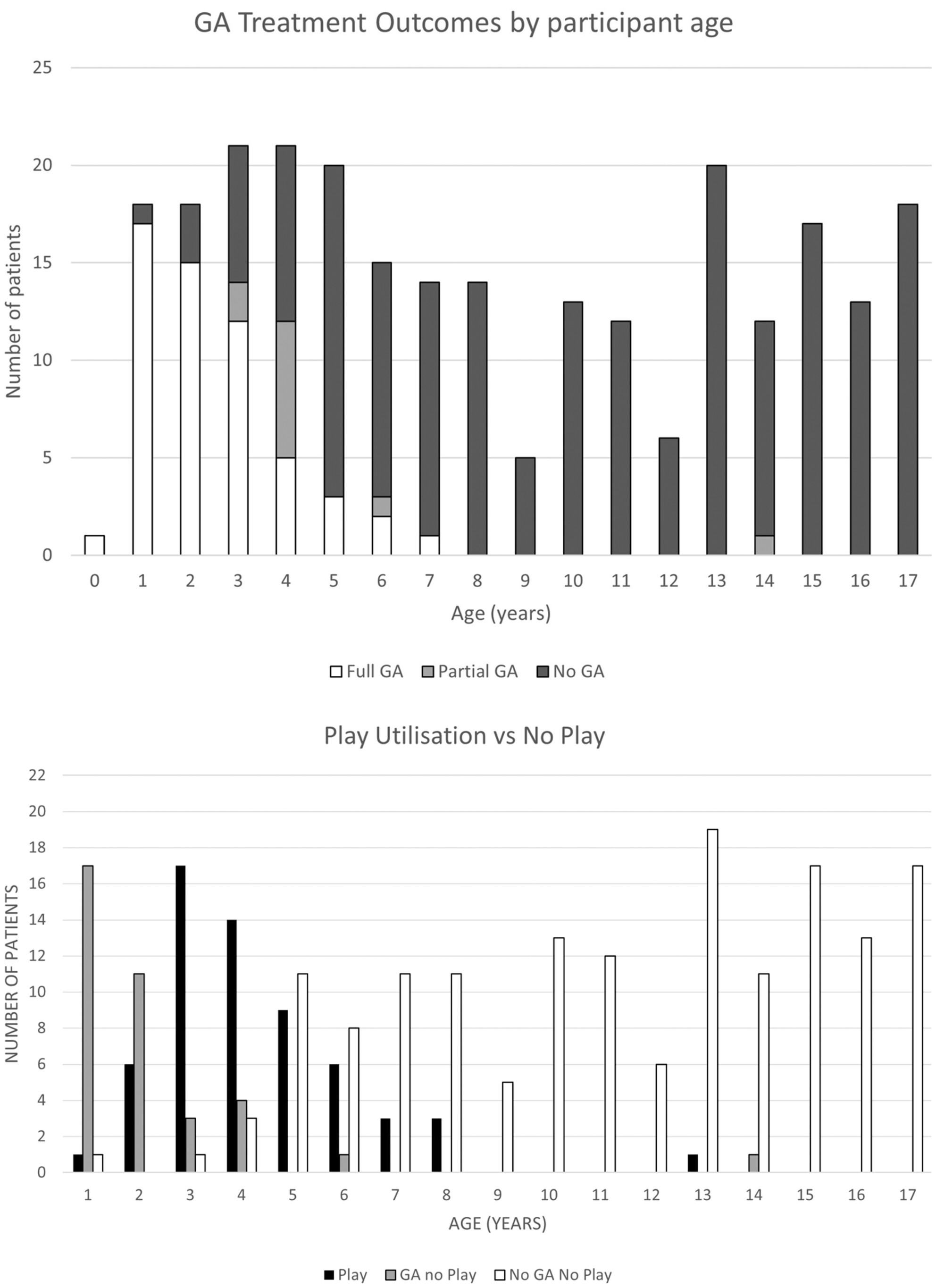
The application of behavioural therapy practices for paediatric patients in radiation therapy (RT) has been reviewed against general anaesthetic use to determine the efficacy of the approach and identify trends at the Royal Brisbane & Women's Hospital, Australia. It was found that paediatric patients younger than 3 years and older than 9 years were not likely to benefit or require additional behavioural therapy interventions to be compliant with the requirements of RT.
Practitioner perceptions on the use of exercise and nutritional interventions for patients with breast cancer receiving radiation therapy
- Pages: 444-453
- First Published: 10 August 2023

This study investigates if radiation oncology practitioners support the implementation of a tailored exercise and nutrition intervention for patients with breast cancer receiving radiation therapy. It also explores their interest in participating in training for exercise and nutrition as interventions.
Risk of burnout, psychological growth, longevity of career and making sense of Covid-19 in senior Australian radiation oncologists
- Pages: 454-461
- First Published: 27 June 2023

Senior radiation oncologists in hospital/organisational settings, are repetitively and vicariously exposed to other's traumatic distress-perpetuating risk of burnout. Little is known of the additional organisational burdens of the Covid-19 pandemic on their mental well-being for career longevity. Focusing on mutual well-being for themselves and their patients, a sense of life beyond radiation oncology became acceptable.
Review Articles
The use of radiomics in magnetic resonance imaging for the pre-treatment characterisation of breast cancers: A scoping review
- Pages: 462-478
- First Published: 03 August 2023
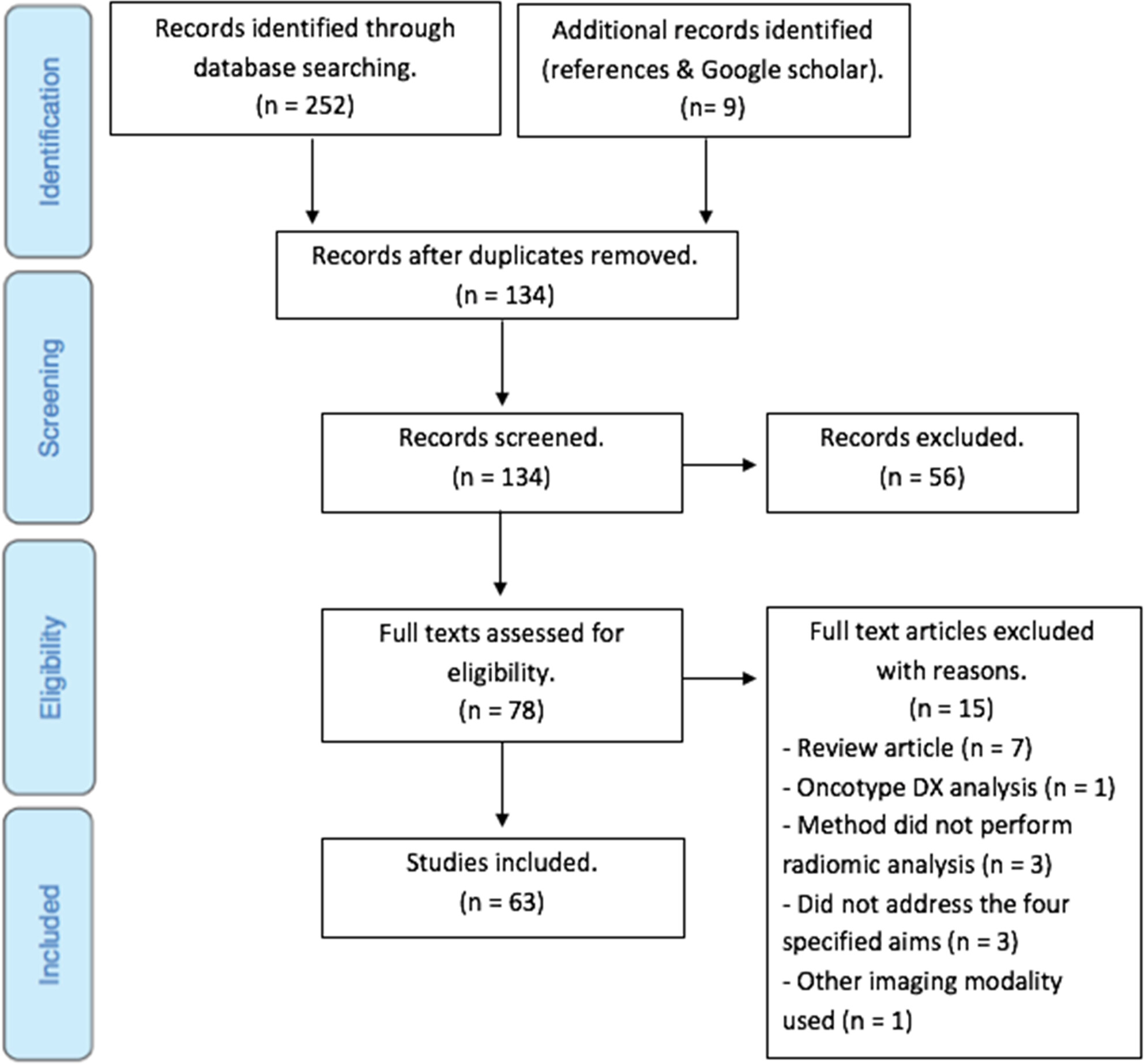
This article contributes to the ongoing development of breast cancer detection and classification by discussing the novel field of radiomics, which can aid in personalised, precision medicine for patients. This review presents current research that considers radiomics for breast cancer subtype classification, prediction of pathologically complete response, detection of lymph node metastasis and recurrence prediction, all of which impact treatment and patient outcomes.
Evaluating the use of intraoperative magnetic resonance imaging in paediatric brain tumour resection surgeries: a literature review
- Pages: 479-490
- First Published: 12 July 2023
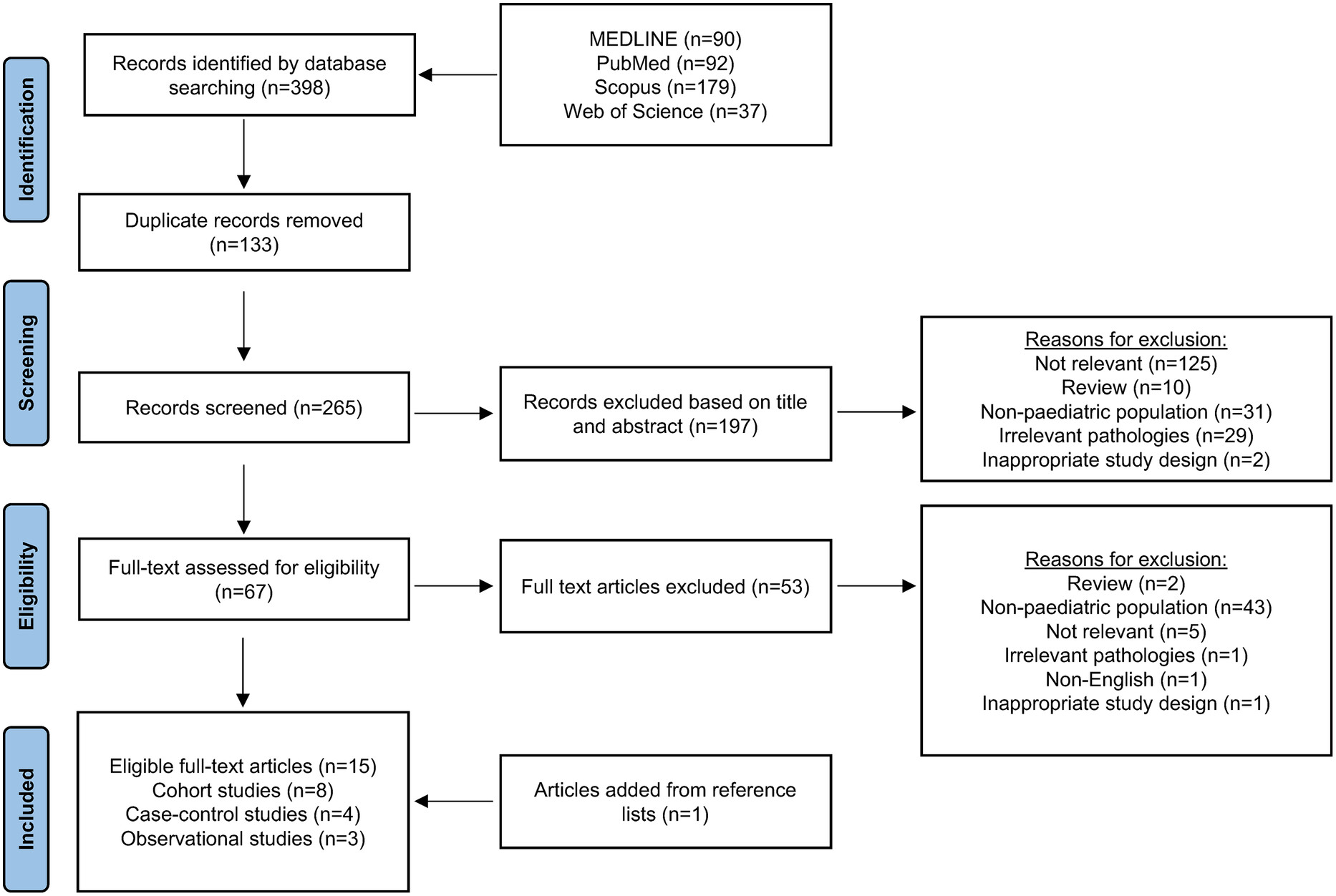
Brain tumours are the most common solid neoplasm in children, posing a significant challenge in oncology due to the limited range of treatment. Intraoperative magnetic resonance imaging (iMRI) has recently emerged to aid surgical intervention in neurosurgery resection. This literature review evaluated the clinical implementation of iMRI in paediatric neurosurgical resection.
Commentary
Optimising the MR-Linac as a standard treatment modality
- Pages: 491-497
- First Published: 04 August 2023
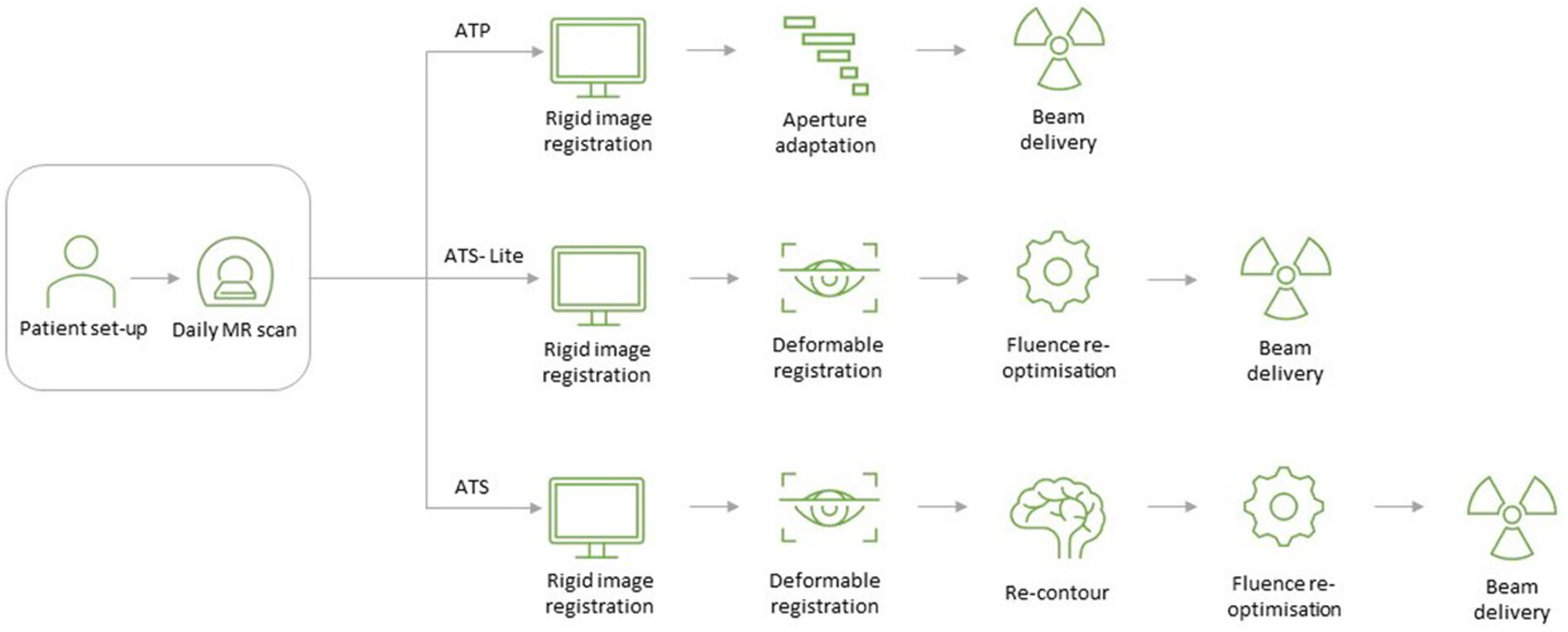
The MR-Linac introduces a novel approach to radiotherapy by combining improved visualisation capabilities with real-time adaptation of treatment plans. While online MR-guided adaptive treatment reduces uncertainties, it also raises concerns about increased treatment time and resource demands. This article shares insights from integrating an MR-Linac into a busy department, offering recommendations for enhanced clinical and resource efficiency.
Technical Reports
Implementation of a retrofit MRI simulator for radiation therapy planning
- Pages: 498-508
- First Published: 14 June 2023
MRI sequence optimisation methods to identify cranial nerve course for radiotherapy planning
- Pages: 509-517
- First Published: 08 July 2023
Continuing Professional Development
Continuing Professional Development – Medical Imaging
- Page: 518
- First Published: 21 August 2023
Continuing Professional Development – Radiation Therapy
- Page: 519
- First Published: 29 September 2023
Continuing Professional Development – Answers
- Pages: 520-521
- First Published: 12 December 2023
Correction
Retraction
Retracted: Chest digital dynamic radiography to detect changes in human pulmonary perfusion in response to alveolar hypoxia
- Page: 523
- First Published: 15 October 2023
Original Articles
Retracted: Chest digital dynamic radiography to detect changes in human pulmonary perfusion in response to alveolar hypoxia
- Pages: e1-e11
- First Published: 13 September 2022
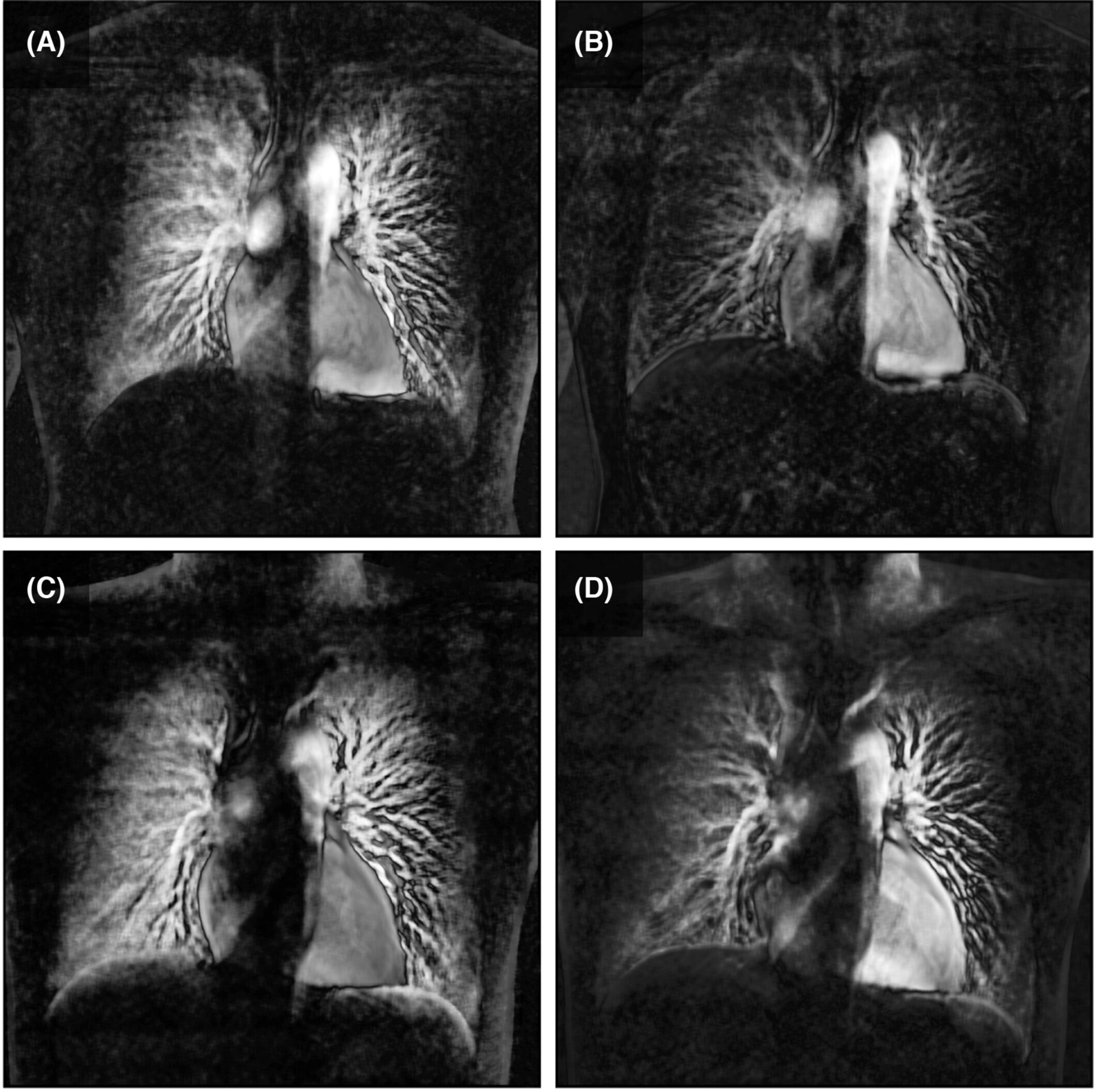
Hypoxic pulmonary vasoconstriction optimises oxygenation in the lung by matching the local-blood-perfusion-to-local-ventilation ratio upon exposure to alveolar hypoxia. It plays an important role in various pulmonary diseases, but few imaging evaluations of this phenomenon in humans exist. Chest digital dynamic radiography could detect the rapid decrease in pulmonary perfusion in response to alveolar hypoxia, which may suggest hypoxic pulmonary vasoconstriction in healthy individuals.
List of reviewers
Acknowledging the peer reviewers of Journal of Medical Radiation Sciences, October 2022 – September 2023
- Pages: 524-526
- First Published: 23 November 2023




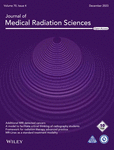
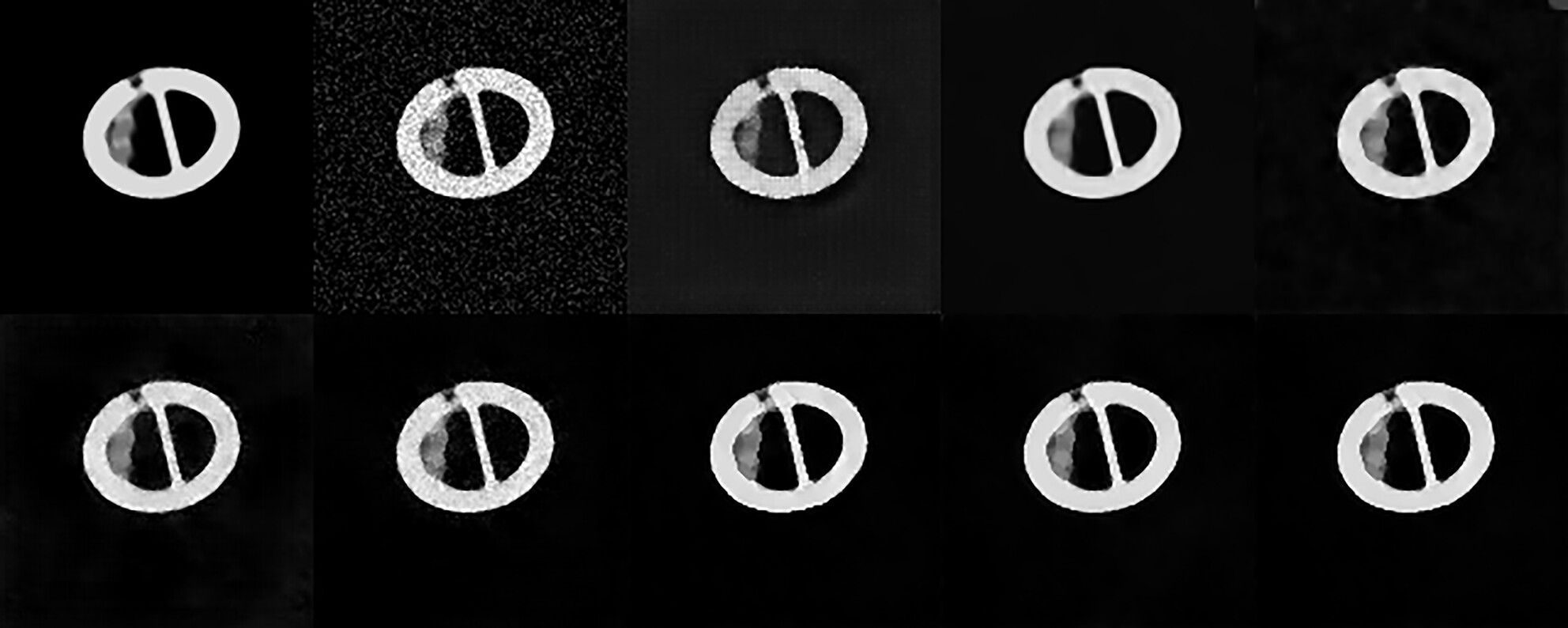
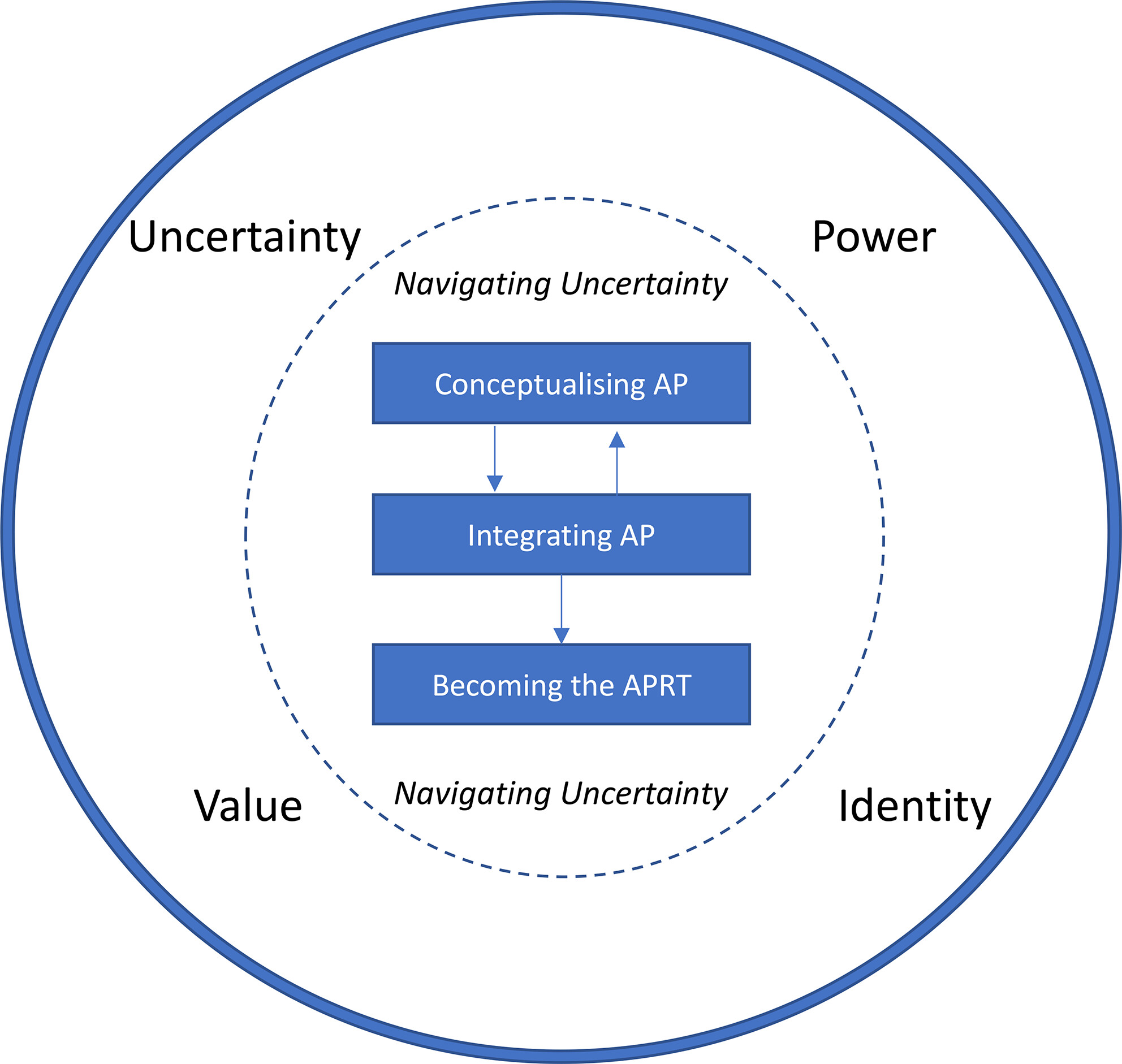
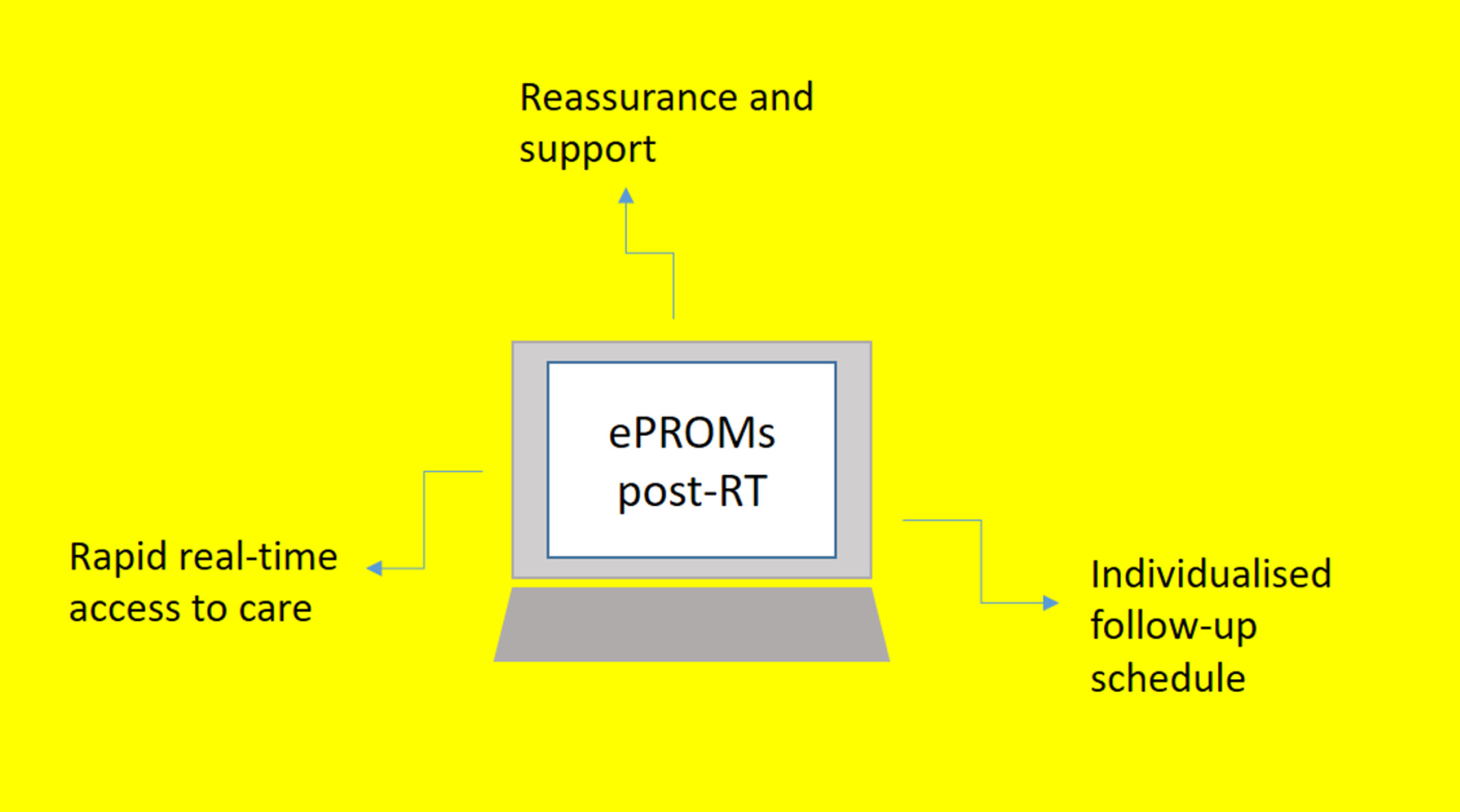
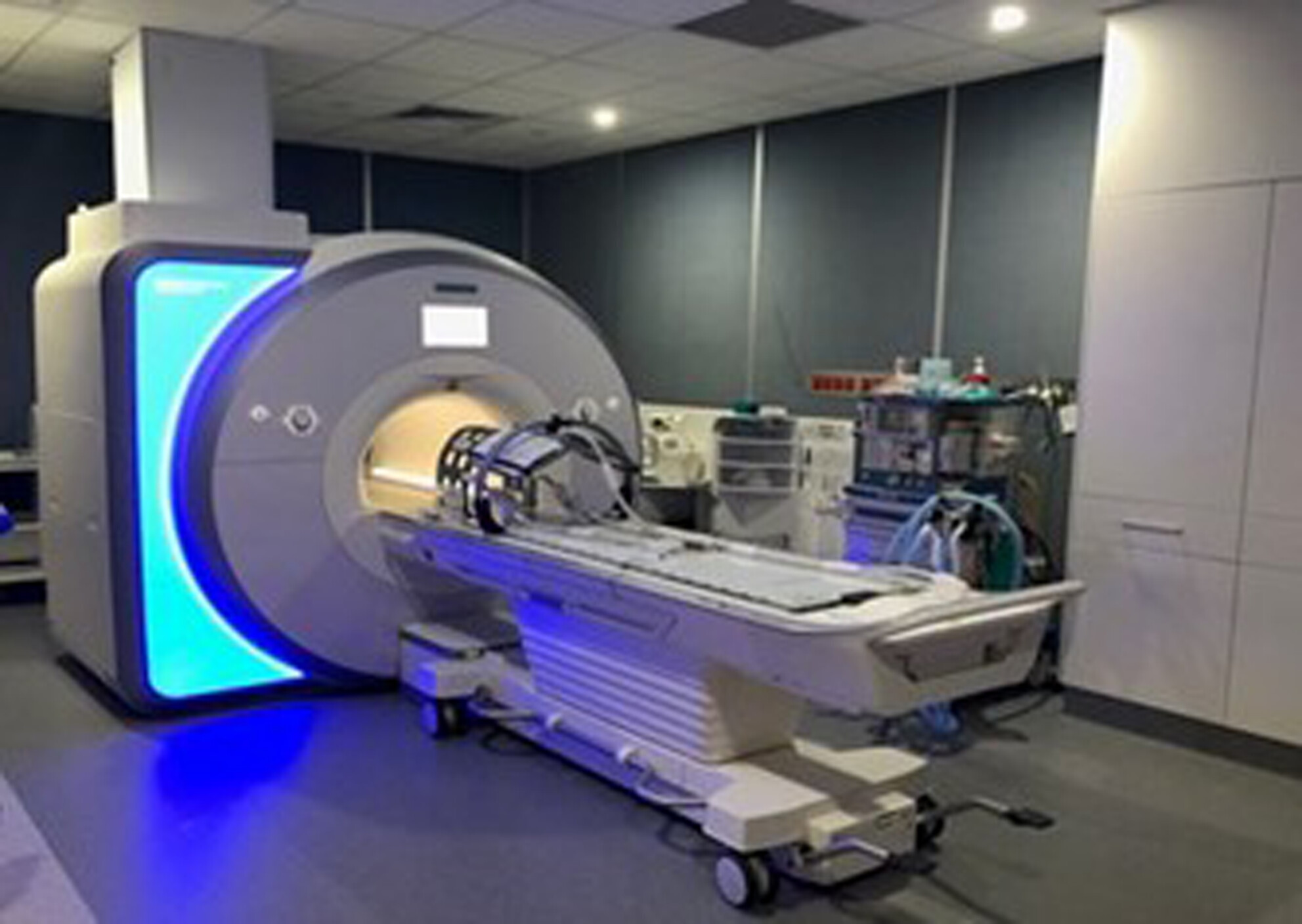
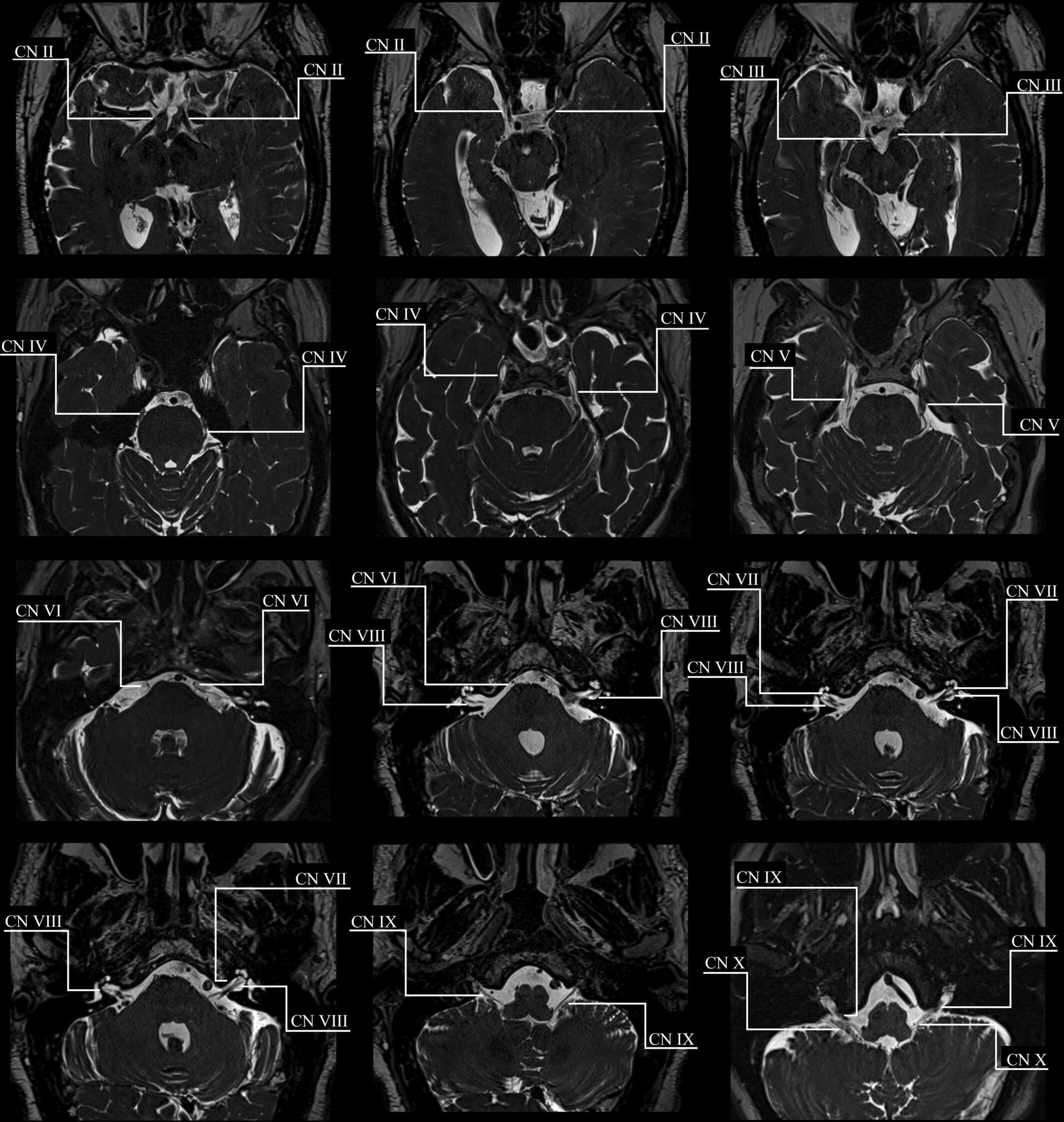

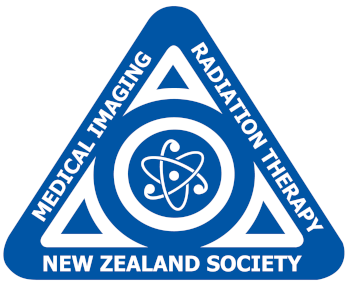


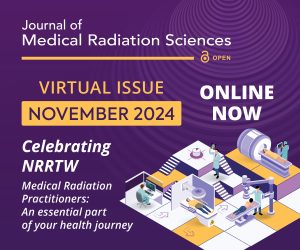

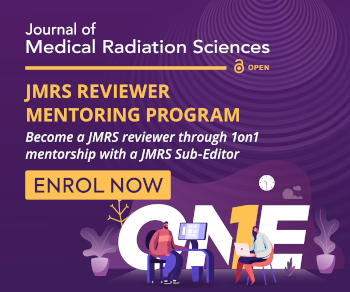
-1693813706.png)